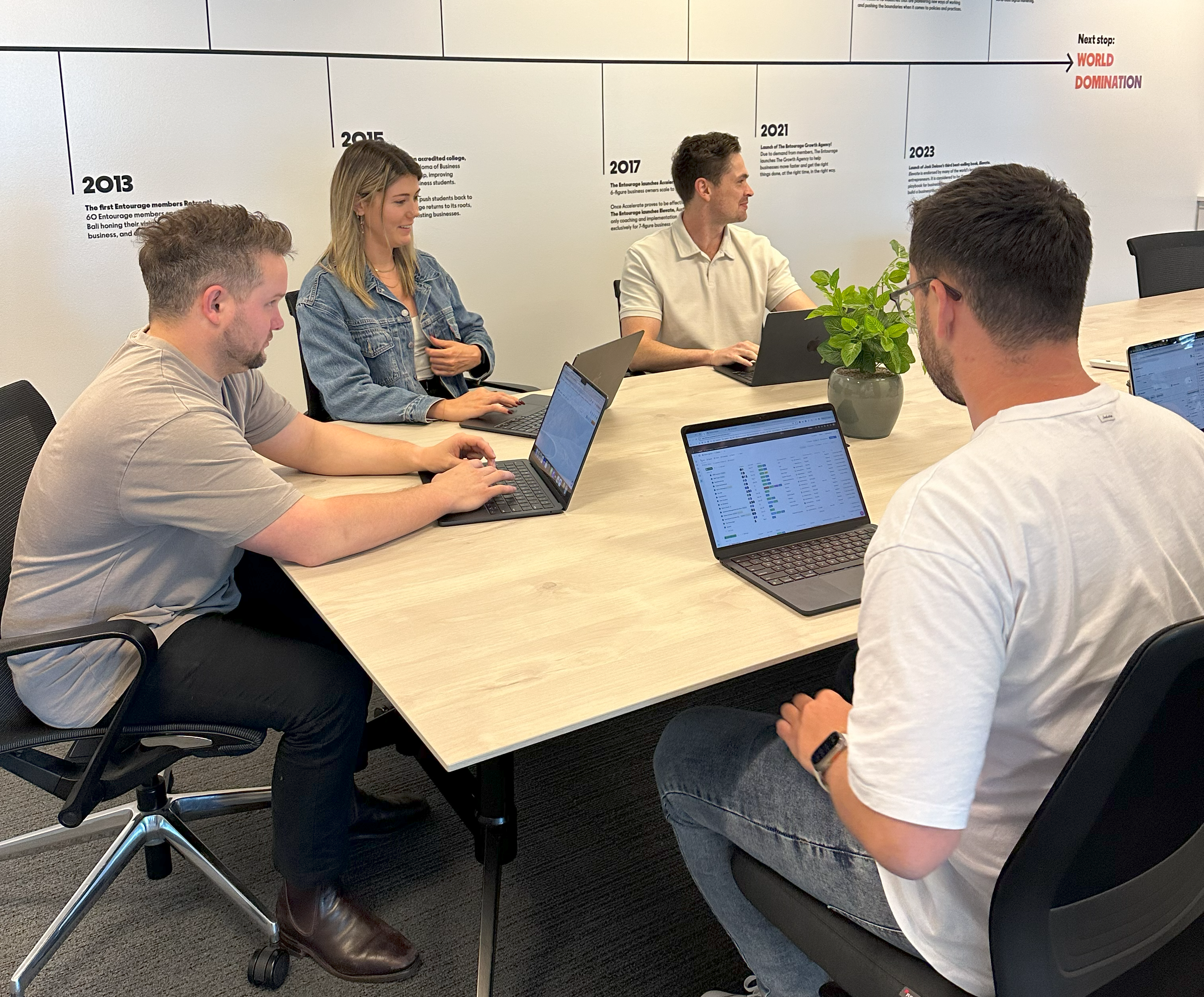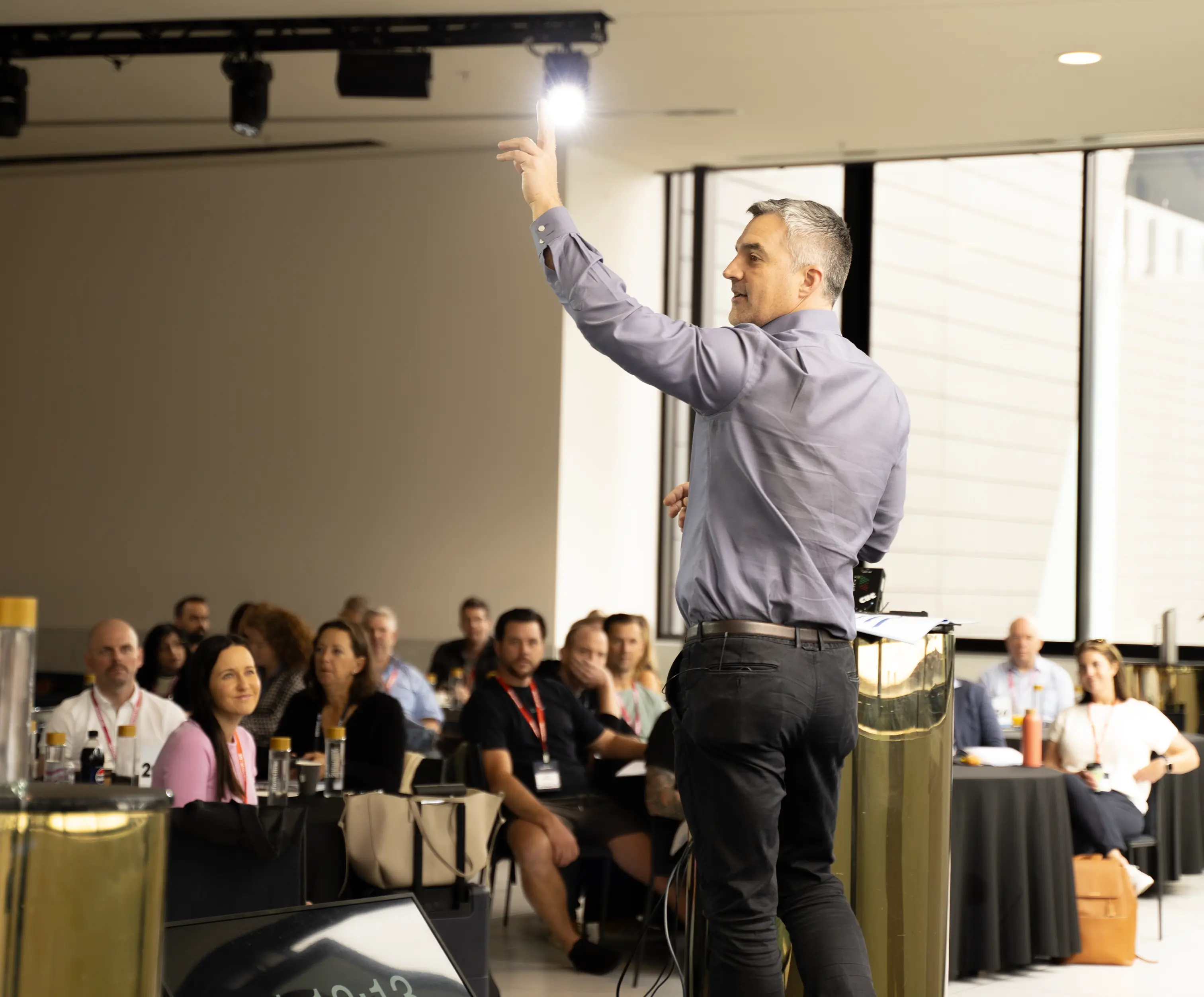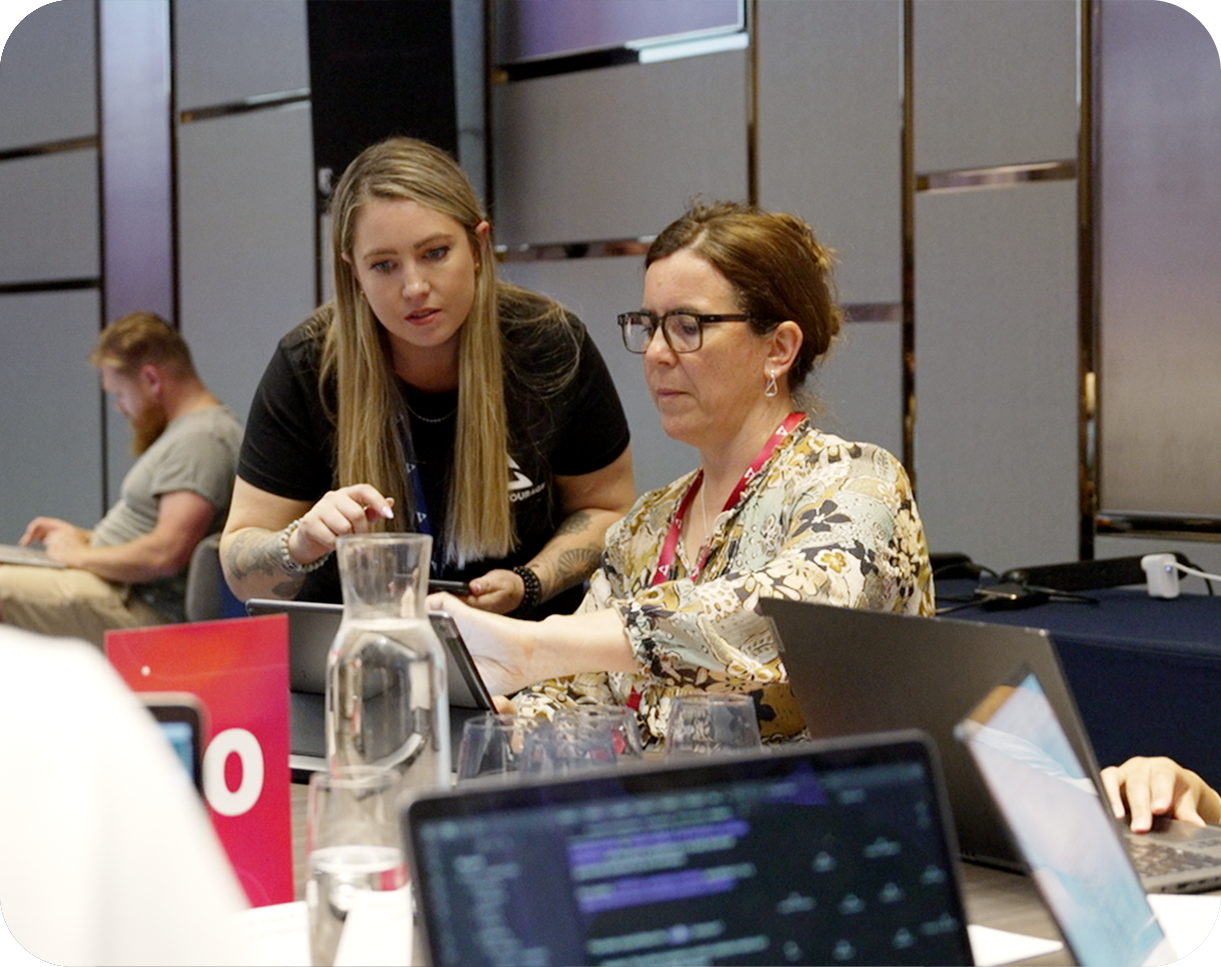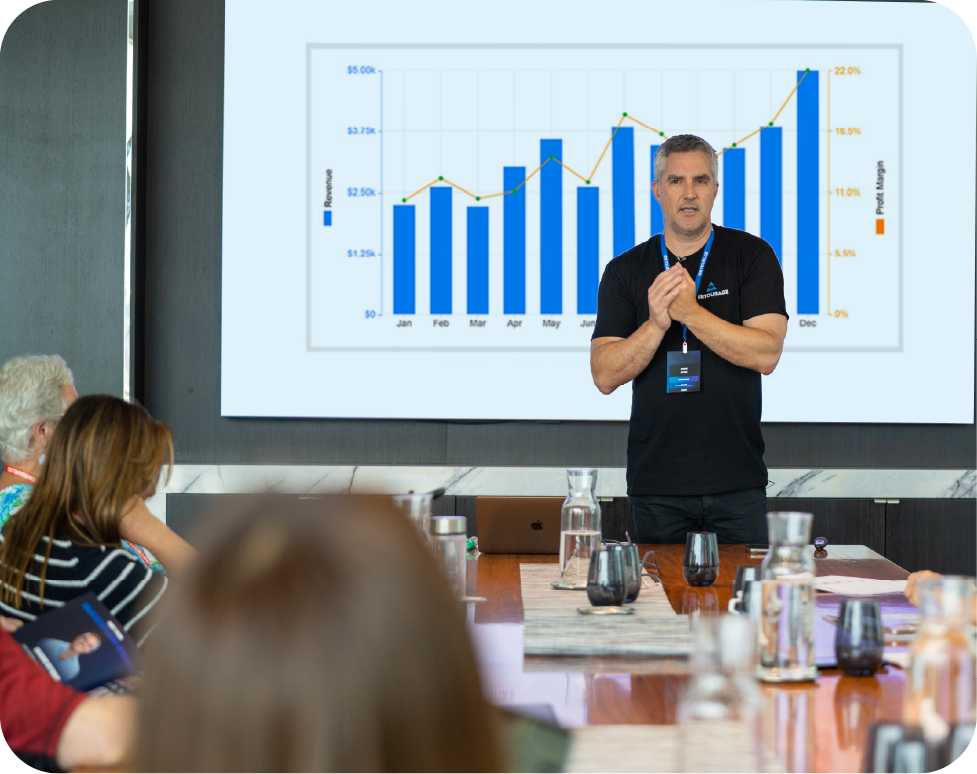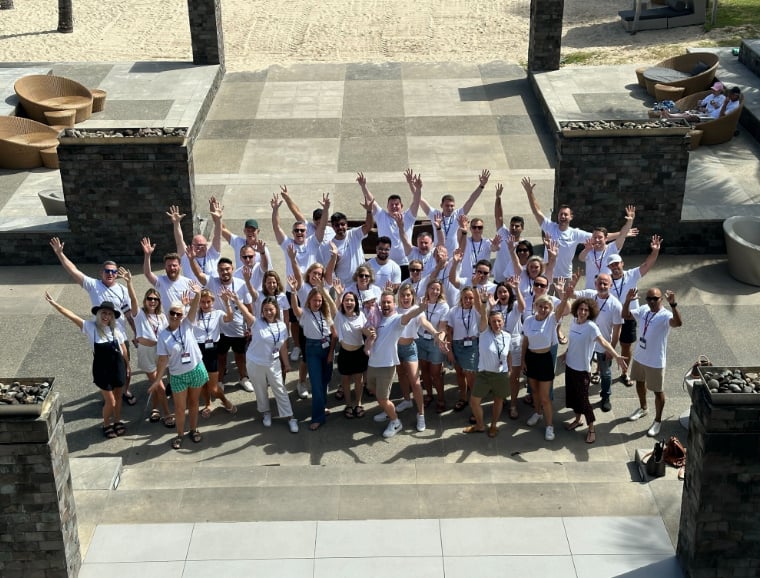As of 2024, creative agencies are facing growing demands to balance creativity with efficiency while adapting to technological advancements. Recent reports show that only 28% of agency professionals are able to dedicate more than half of their time to creative work, with much of the remainder consumed by administrative tasks, project management, and communication hurdles.
Poor workflows can lead to costly delays, with 30% of agencies reporting higher project costs due to missed deadlines and ineffective feedback management. In response, many agencies are embracing tools like AI to streamline processes, boost ideation, and increase productivity.
Furthermore, flexible work models are becoming the norm, with hybrid setups allowing for both in-person collaboration and remote work. The rise of AI and automation tools is also reshaping the landscape, enabling agencies to process and analyze large datasets more effectively, improving campaign precision.
By investing in these technologies and adopting more agile workflows, creative agencies can reduce bottlenecks, improve communication, and enhance overall creative output.
How to Streamline Creative Workflows for Agencies
In the competitive and fast-paced environment of creative agencies, the ability to streamline workflows can significantly impact both productivity and creative output. By organizing processes efficiently, agencies can ensure that tasks are completed on time, revisions are minimized, and team members are fully aligned with project goals.
We’ll take a look at a comprehensive approach to streamlining your agency’s creative workflows with actionable strategies and tools.
Finding Project Management Software for Agencies
Selecting the right project management software is foundational to improving workflow efficiency in a creative agency. The right tool should offer features such as task tracking, collaboration, resource management, and real-time updates. Top platforms for 2024 include:
- Monday.com: Known for its visual, easy-to-use interface, Monday.com offers customizable boards that help track tasks, deadlines, and feedback. It's particularly helpful for managing workflows across multiple creative projects and integrating with tools like Dropbox and Slack for seamless file management and communication.
- ClickUp: ClickUp stands out due to its flexible features, allowing agencies to organize tasks into Kanban boards, Gantt charts, or calendar views. The platform also offers powerful document creation and file-sharing features, making it easier to manage client feedback and revisions.
- Asana: Another popular choice, Asana, provides multiple project views and excellent resource management tools like workload views and task dependencies. While it lacks built-in time tracking, its ease of use and robust collaboration features make it a great option for agencies.
By choosing software like Monday.com, ClickUp, or Asana, your agency can track progress more efficiently, ensure deadlines are met, and maintain a centralized location for all project-related communication and assets.
Enhancing Communication and Collaboration
Clear communication is key to avoiding bottlenecks in creative workflows. Agencies that lack streamlined communication often face missed deadlines and unnecessary revisions. Implementing tools like Slack or Microsoft Teams can drastically reduce the time spent in email threads. These platforms allow real-time communication and integration with project management tools, creating a seamless flow of information.
Utilizing a central platform for client feedback can enhance collaboration. Tools like Frame.io or Filestage allow clients to leave specific, actionable comments directly on creative assets, reducing the back-and-forth often required for revisions.
These platforms also track the feedback history, making it easier for both clients and teams to stay aligned on changes and approvals.
Photo by Hal Gatewood on Unsplash
Automating Repetitive Tasks
Many creative agencies waste time on repetitive tasks such as file management, invoicing, and status updates. Automation tools can handle these routine tasks, freeing up valuable time for creative work.
Tools like Zapier allow agencies to create automated workflows between different software platforms, ensuring that routine actions like sending out progress reports or updating project status occur automatically.
For example, using automation for client invoicing through platforms like HoneyBook or QuickBooks can streamline payment processes and reduce the administrative burden. HoneyBook, in particular, integrates client management with invoicing, ensuring that no part of the workflow gets overlooked.
Another way to leverage automation is through content review processes. By setting up automated reminders for client approvals or feedback requests, you can keep projects on track without manual follow-ups.
Managing Resources Effectively
Resource management is critical in ensuring that no team member is overburdened, and no project runs behind due to resource limitations. Tools like Smartsheet or Resource Guru can help agencies better allocate their resources by tracking team availability, deadlines, and task dependencies.
These platforms allow you to visualize the workload across your entire team, ensuring that the right people are assigned to the right projects without overloading them.
Resource Guru goes a step further by allowing multi-resource booking and absence management, helping agencies manage not just active team members but also account for vacation days or absences.
By visualizing your team’s availability in real-time, you can plan better and avoid delays caused by under-resourcing.
Optimizing Creative Feedback Loops
Feedback is essential for producing high-quality creative work, but managing feedback can be cumbersome. One of the biggest challenges agencies face is managing multiple rounds of revisions, often with disorganized or conflicting client input.
To streamline this, consider adopting proofing software like PageProof or Ziflow, which are specifically designed to manage feedback loops for creative teams.
These platforms allow clients to leave detailed, actionable comments directly on files, whether they are videos, designs, or documents. This eliminates the confusion that can occur when feedback is provided across multiple emails or platforms. By using these tools, agencies can ensure that all stakeholders are working on the most recent version of a project and that revisions are completed efficiently.
In addition, you can standardize your feedback processes by using predefined templates for collecting client input. This can help in getting specific, relevant feedback that’s easier to act upon, reducing the number of revisions needed before project completion.
Photo by Scott Graham on Unsplash
Incorporating Real-Time Analytics and Reporting
To keep projects on track and ensure that deadlines are met, agencies should use reporting tools that provide real-time updates on project status. Tools like Wrike or Teamwork offer built-in reporting features that allow teams to track progress, identify potential bottlenecks, and make data-driven decisions.
Wrike, for instance, offers customizable dashboards that provide a bird’s eye view of all active projects, making it easier for project managers to track what’s on time and what needs immediate attention. These dashboards can be shared with clients, keeping them in the loop and reducing the need for constant check-ins.
Integrating reporting tools into your workflow ensures that you always have up-to-date information on project performance, helping you address issues before they escalate into larger problems.
Wrapping up
To further streamline workflows, agencies should prioritize continuous staff training on the tools they implement to ensure everyone fully understands the software's capabilities.
Agencies can also benefit from integrating AI-driven predictive tools that anticipate project needs and potential challenges, offering solutions before issues arise. Finally, fostering a collaborative and feedback-friendly culture within the team can drive innovation while keeping operations efficient and aligned with client expectations.
Related Categories
Ryan Terrey
As Director of Marketing at The Entourage, Ryan Terrey is primarily focused on driving growth for companies through lead generation strategies. With a strong background in SEO/SEM, PPC and CRO from working in Sympli and InfoTrack, Ryan not only helps The Entourage brand grow and reach our target audience through campaigns that are creative, insightful and analytically driven, but also that of our 6, 7 and 8 figure members' audiences too.

